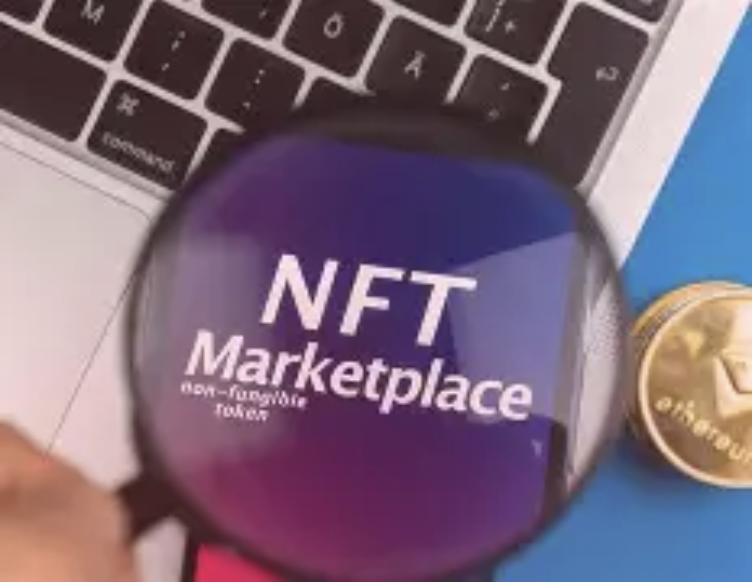For individuals with substantial wealth, non-fungible tokens have been viewed as a fleeting trend—comprising memes and pixelated designs that have significantly diminished in value. However, the decline in speculation has uncovered their genuine significance: not merely as speculative assets, but as means for establishing ownership, verifying authenticity, and ensuring legacy. The conclusion of the NFT craze does not signify its demise; rather, it marks the beginning of their evolution into a crucial asset category for astute investors.

Collectors of luxury items have continuously faced challenges with counterfeit goods, including watches and fine artworks. NFTs address this concern by providing irrefutable digital provenance. A prestigious jewelry brand could create an NFT associated with a diamond necklace, documenting its source, historical ownership, and certification through the blockchain. For collectors, this ensures reliability: no longer engaging in expensive battles over verification. It transforms abstract trust into a concrete digital item, safeguarding the worth of exceptional collectibles for future generations.
Intellectual Property: Creators’ Legacy
NFTs are not limited to the realm of art; they also apply to intellectual property. Musicians, artists, and writers can produce NFTs for their creations, ensuring they receive royalties automatically via smart contracts. For instance, an award-winning musician could sell an NFT linked to a song, earning a portion of the profits every time it is resold. For affluent creators, this secure method fortifies their legacy and revenue source, sidestepping predatory recording agreements or publishing deals. It represents a new definition of ownership suited for the digital era.

Real-World Asset Tokenization
The most significant overlooked potential of NFTs resides in the tokenization of physical assets. Those with considerable wealth can divide ownership of items like private jets, luxury homes, or fine wine collections into NFTs, enabling these assets to be liquid and tradeable. Rather than acquiring an entire yacht worth $10 million, investors could purchase a share through an NFT. This innovation opens access to high-end assets while allowing owners to monetize parts of their wealth without needing to sell everything outright. It embodies fractional ownership secured by blockchain technology.
Philanthropy with Transparency
Affluent philanthropists seek transparency in charitable contributions—and NFTs provide this capability. Charitable organizations can create NFTs to serve as “donation certificates,” tracking the flow of funds from donors to their impact on the blockchain. A contributor who finances a new wing in a hospital could receive an NFT that refreshes as the project advances, indicating when financial resources are allocated for building or equipment. This approach reduces the risk of fraud and enhances trust, transforming giving into a verifiable, trackable legacy instead of an ambiguous tax benefit.

NFTs are changing the notion of exclusivity among wealthy circles. High-end brands like Rolex or Chanel can produce NFTs that act as access passes to exclusive events, priority services, or limited releases. These NFTs are immune to counterfeiting, guaranteeing that only authentic holders gain entry to privileged experiences. For affluent individuals, this goes beyond being a marker of status—it provides a secure, verifiable means to shape their digital persona and open doors to a range of exclusive experiences.




